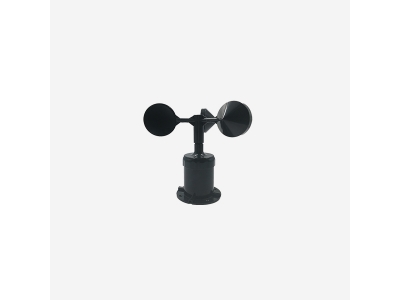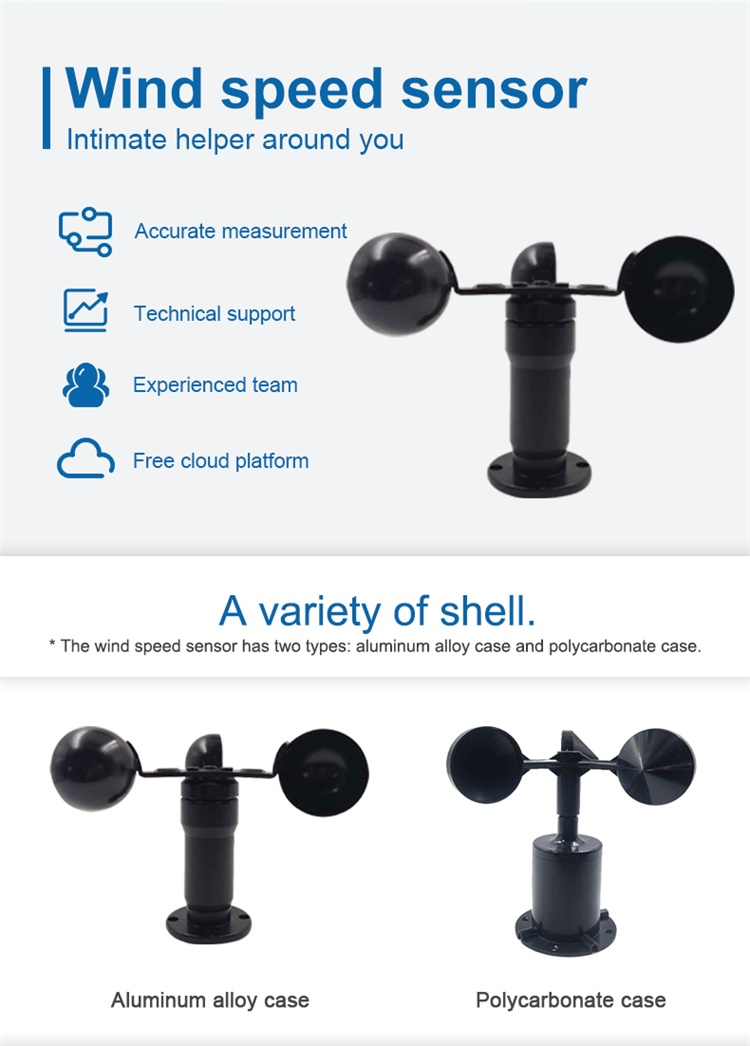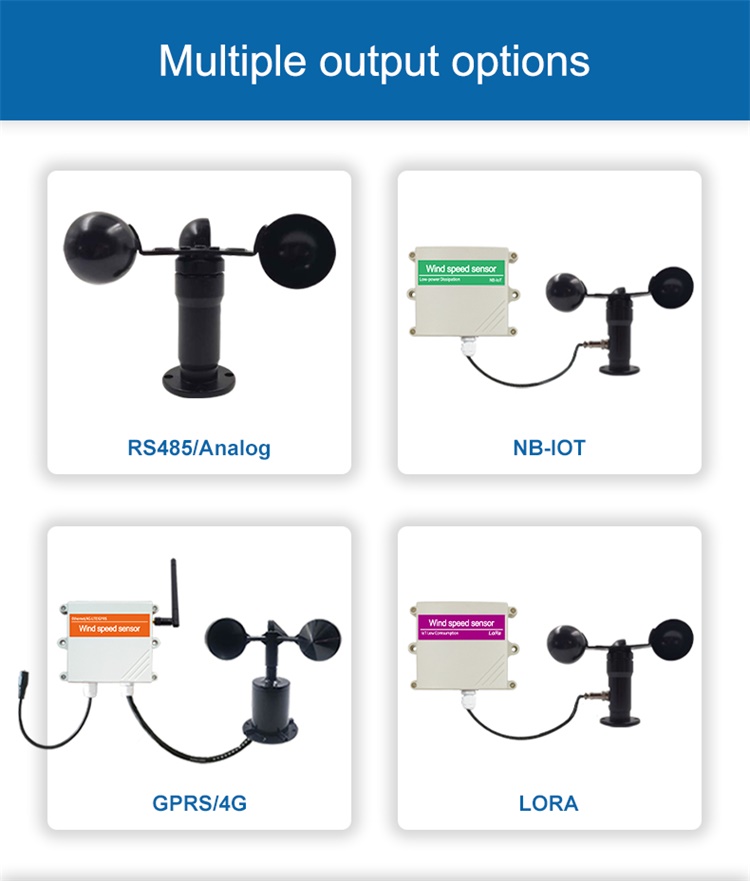
How Does An Anemometer Measure?
An anemometer is a meteorological instrument designed to measure the speed or velocity of a gas in an contained flow (such as a flow in a pipe) or an unrestricted flow (such as an atmospheric wind).

An anemometer is a meteorological instrument designed to measure the speed or velocity of a gas in an contained flow (such as a flow in a pipe) or an unrestricted flow (such as an atmospheric wind).
An anemometer is a meteorological instrument designed to measure the speed or velocity of a gas in an contained flow (such as a flow in a pipe) or an unrestricted flow (such as an atmospheric wind). To determine velocity, wind sensor detects changes in certain physical properties of the fluid or the effect of the fluid on the mechanism inserted into the fluid.
The hot wire anemometer is the most popular kind of constant-temperature anemometers. It consists of an electrically heated, fine-wire element (0.00016 inch in diameter and 0.05 inch long) supported by needles at its ends. While hot wire anemometers are best suited for clean gases at low velocities, venturi meters can also be considered for some liquid (including slurry) flow applications.

An anemometer is a meteorological instrument that can measure the magnitude of total velocity, the magnitude of velocity on a horizontal plane, or the component of velocity in a particular direction.
There is a wide range of anemometer models that directly measure wind and air speed. The four most popular anemometer models are: vane anemometer, thermal anemometer, thermal anemometer with speed/temperature profile, and cup anemometer.Anemometers are usually classified as constant-temperature, or constant-power anemometers.
Constant-temperature anemometers are popular because of their high-frequency response, low electronic noise level, immunity from sensor burnout when airflow suddenly drops, compatibility with hotfilm sensors, and their applicability to liquid or gas flows.
Constant-power anemometers do not have a feedback system. Temperature is simply proportional to flowrate. They are less popular because their zero-flow reading is not stable, temperature and velocity response is slow, and temperature compensation is limited.

Anemometers usually measure the flow of gases under turbulent conditions. Vane anemometers, thermal anemometers, and cup anemometers (commonly used at weather stations) are primarily used to measure average wind speed, while hot wire anemometers are commonly used to measure turbulence characteristics, such as transverse measurements on cross sections. The term "thermal anemometer" is commonly used to refer to any anemometer that uses the relationship between heat transfer and speed to determine speed.
The cup wind speed sensor (used in weather stations) measures the velocity in a plane perpendicular to the axis of its rotation cups. If the cup anemometer is mounted with the shaft perpendicular to the horizontal, it will measure only the component of the wind that is parallel to the ground. Other anemometers, such as vane anemometers, are used with the tip aligned with the total velocity vector. Before using an anemometer, it is important to determine how it should be positioned and what component of the total velocity its measurement represents.